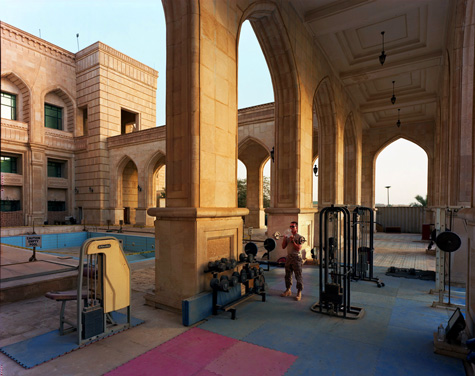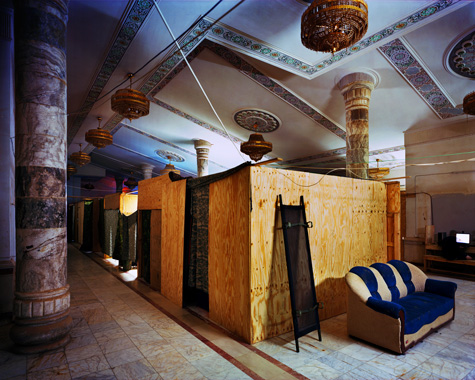 |
| Ingrid Berthon-Moine |
Hrag Vartanian interviewed her for Hyperallergic, where she explains
I like to look at men … the way they look at women. There is no better place than a museum to look at perfect bodies (or a stadium during athletics competitions and football matches.)
I wanted to go back to the birth of the representation of the human body perfection and it happened during the Classical Greek period when sculptors’ skills drastically increased and they took great care in their attention to anatomical details. I could have worked with the penis but I preferred focusing on these often neglected parts which secrete hormones, make and store sperm...
For some male viewers, exposing the most sensitive part of the male anatomy (although in rock solid marble) to the gaze, trigger a sense of vulnerability which until now was mainly reserved to the female body, an uncomfortable role reversal.Read the rest of the interview here.
There is also a hint of irony in Marbles, it could suggest that a shift in masculine identity is happening and that the splendour of the past erodes. I leave it to the viewer to decipher what he/she wants to read in there and to take it seriously… or not.





